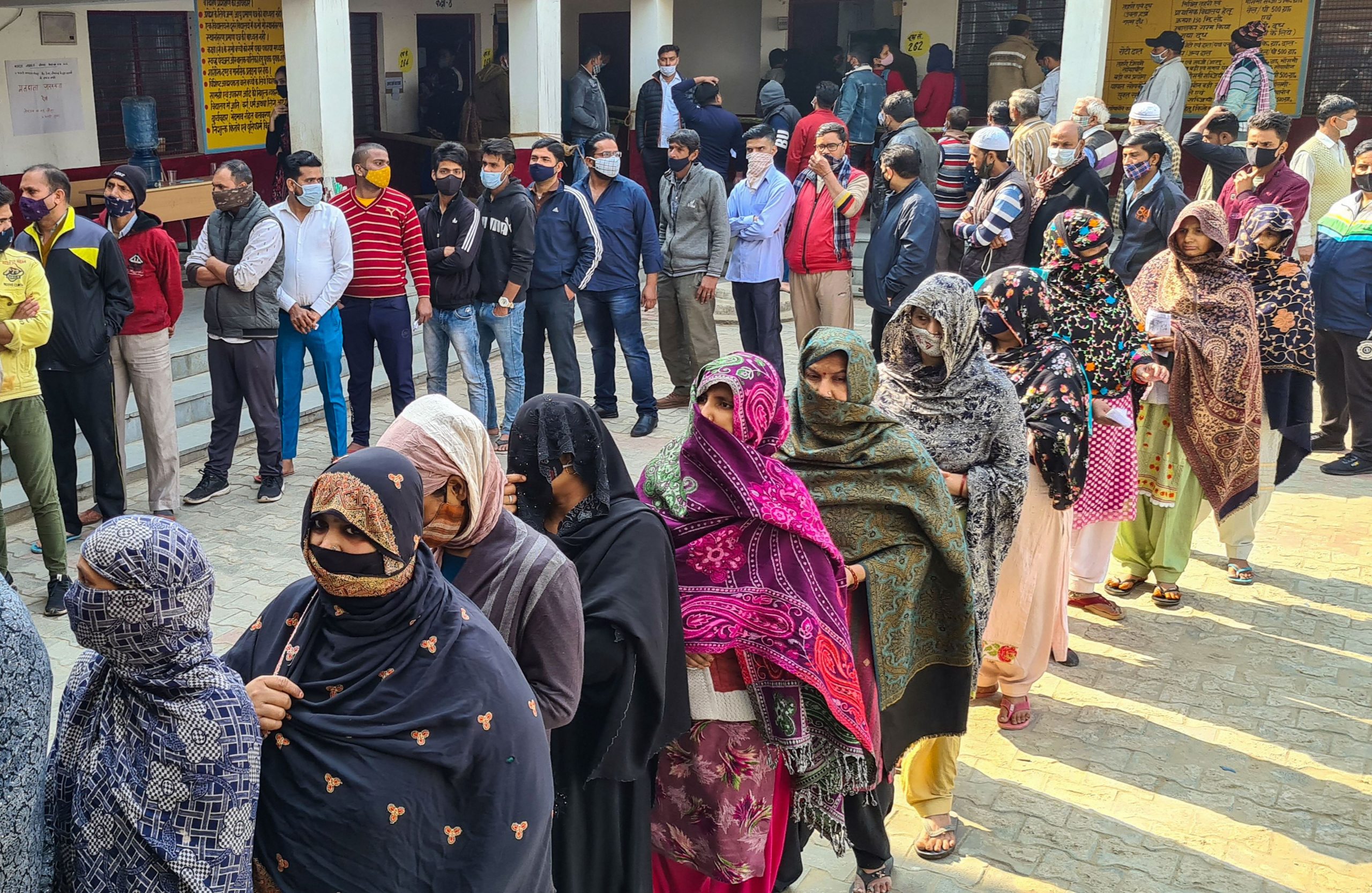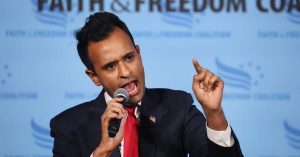West Uttar Pradesh is voting on Thursday in a crucial first
of seven rounds of elections to the largest state assembly in India. Of the 58
constituencies voting today, the Bharatiya Janata Party (BJP) had won 53 in
2017. It swept the region again in the 2019 Lok Sabha elections. All on the
dint of the powerful Jat vote in the region. Has anything changed?
Yes. A year-long protest by Jat farmers against new farm
laws with its Uttar Pradesh epicentre in the western region has had the
potential to apply the brakes on that march. The BJP undertook damage control
just before the state elections, with its government at the centre repealing
the new laws. Was that enough?
The BJP takes on as its main rival, an alliance between the
Samajwadi Party and the Rashtriya Lok Dal. The coming together of the two
parties is an attempt to consolidate the Jat-Muslim vote, polarised after
deadly communal riots in the region in 2013.
Numbers game
Winning big in the first phase is a definitive head start
towards government formation. These 58 constituencies make up more than
one-fourth seats on the route to a majority – which in Uttar Pradesh’s 403-seat
assembly is 202.
In the last election in 2017, the BJP had won 53 or 91% of
these seats. Akhilesh Yadav’s Samajwadi Party (SP) and Mayawati’s Bahujan Samaj
Party (BSP) had won two each. The Rashtriya Lok Dal, now spearheaded by Jayant Chaudhary,
had won only one seat.
In the 2019 Lok Sabha elections a whopping 91% Jats voted
for the BJP. The farmers’ anger, however, has allowed the RLD — Jayant
Chaudhary’s father Ajit Singh founded the party and his grandfather Chaudhary
Chara Singh was Prime Minister and a powerful farmer leader — to make its way
back into the community’s good books. What percentage of Jat voters will shift
away from the BJP is seen as the key number that will determine Thursday’s
election.
Jat-Muslim equation
Jats and Muslims are the two most influential communities in
west UP. Clashes between the two communities led to deadly riots in 2013. The
effects of the polarisation were seen months after when the Jats, traditionally
seen as an RLD votebank, voted in big numbers for the BJP in the 2014
parliamentary elections. And ever since.
However, through the farmers’ agitation, many Jat farmers
have accused the BJP of being anti-farmer, not least Rakesh Tikait, a powerful
leader of upper caste Jat farmers from the region. Tikait, who had famously
declared in 2017 that he had voted for the BJP, has been attacking the BJP-led
government over the controversial farm laws it had brought, and now withdrawn.
Also Read | Muzaffarnagar: Riot ghosts, farm protests may sway polls in western UP’s key Assembly
The SP-RLD combine has gone all out to try and use the
farmers’ disenchantment with the BJP to its advantage and woo the Jats back to consolidate
the Jat-Muslim vote.
Whether the fractures of the 2013 Muzaffarnagar riots have
healed or not and whether the farmers are still in the mood to punish the BJP
will decide today’s elections remains to be seen.
Richest region
While farming communities do hold considerable sway over
western UP, the region is among the most urbanised parts of the state. Western
UP has an aggregate share of rural population of 58.4%, significantly lower
than 81.1% in the rest of the state, according to the 2011 Census.
Also Read | Will 2022 Assembly polls finally end the ‘Noida jinx’?
This is also the richest region in UP. National Family
Health Survey (NFHS) data indicate the share of the population in the top 20%
asset quantile in the region was 31%, significantly higher than the state
average.
Diverse demographics
Six of the nine districts polling in western UP have a
higher share of the Muslim population than the state average. In Muzaffarnagar
and Meerut, the Muslim population is nearly 40%. With the communal pot being
repeatedly stirred these elections with the 80:20 remark, among others, how the
Muslim community votes in western UP will define the chances for several
players in fray.







